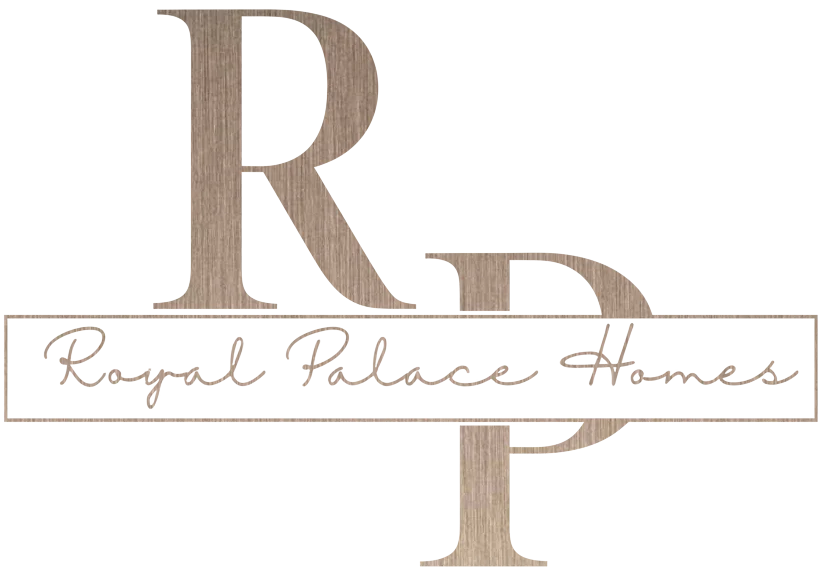DIY painting projects can be a fun and rewarding way to freshen up your living space without breaking the bank. Whether you’re a seasoned DIY enthusiast or a novice looking to tackle your first painting project, having the right tools and equipment is essential to achieving professional-looking results. In this blog post, we’ll discuss some of the must-have tools and equipment for DIY painting projects.
1. Paintbrushes and Rollers: High-quality paintbrushes and rollers are essential for achieving smooth and even coverage. Invest in a variety of sizes to tackle different areas, from trim work with a small brush to larger surfaces with a roller. Look for brushes with synthetic bristles for water-based paints and natural bristles for oil-based paints.
2. Painter’s Tape: Painter’s tape is a handy tool for creating clean lines and protecting surfaces that you don’t want to paint. Use it to mask off trim, baseboards, and ceilings before starting your project. Look for painter’s tape with good adhesion that won’t peel off the paint underneath.
3. Drop Cloths: Protect your floors and furniture from paint splatter and spills with drop cloths. Canvas drop cloths are durable and reusable, while plastic drop cloths are inexpensive and disposable. Make sure to cover all areas that could be affected by paint drips or splatters.
4. Paint Trays and Liners: Paint trays and liners make it easy to load your roller with paint and keep your workspace clean. Opt for disposable liners for easy cleanup or reusable trays for a more eco-friendly option.
5. Extension Poles: An extension pole can save you time and effort when painting high walls or ceilings. Attach it to your roller for extended reach and better control, reducing the need for ladders and step stools.
6. Sandpaper and Sanding Blocks: Proper surface preparation is key to achieving a smooth and long-lasting paint finish. Use sandpaper or sanding blocks to smooth rough surfaces, remove old paint, and create a clean surface for painting.
7. Paint Sprayer: For larger painting projects or textured surfaces, a paint sprayer can save you time and provide a more even finish. Consider renting a paint sprayer if you have a big project or invest in one for future DIY painting projects.
8. Stir Sticks and Paint Can Opener: Always stir your paint thoroughly before starting to ensure consistent color and coverage. Use stir sticks to mix the paint and a paint can opener to open sealed paint cans without damaging the lid.
By having the right tools and equipment on hand, you can tackle DIY painting projects with confidence and achieve professional-looking results. Whether you’re painting a single room or giving your entire home a fresh coat of paint, investing in quality tools will make the process smoother and more enjoyable. Happy painting!

